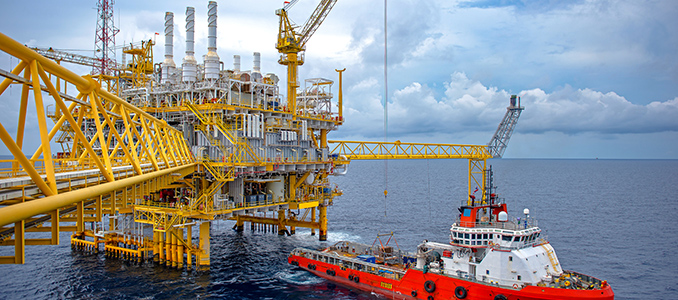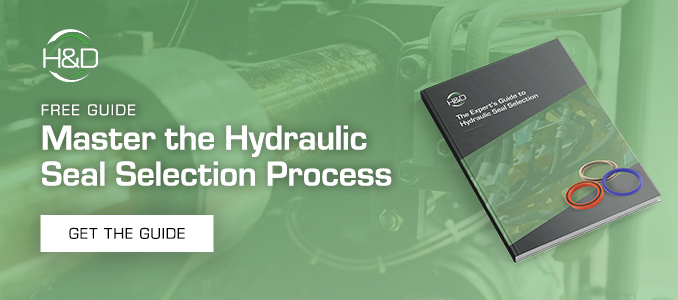by Kyler Silber
The oil and gas industry is known for requiring their rubber seals to perform in extreme environments. Conditions such as high temperatures, operating pressures, and contact with other damaging compounds can lead to seal failure, especially during quick fluctuations.
Selecting a seal that is designed for the unique conditions your oil and gas equipment will encounter is important to ensure proper functioning and to maximize equipment lifespan.
To help you choose the right seal the first time, here is a “101” guide to oil and gas rubber seal selection from the seal engineering professionals here at H&D.
What Rubber Compounds Are Most Common in the Oil & Gas Industry?
Knowing which rubber compounds are most commonly used in the oil and gas industry can give you a leg up when choosing which seal is best for you. In the oil and gas industry, most seals are made from:
- Homogeneous rubber (e.g., PE seals)
- Fabric-reinforced rubber (e.g., TC1A hanger packing)
- Other rubber components used in conjunction with various materials (e.g., U-packing, PTFE shell with a rubber center)
Each of these types of rubber seals exhibits specific qualities you should attend to as you go through your seal selection process. The most crucial bit of information to start is to know what your seal will likely come into contact with.
What Information Is Critical To Choosing the Best Rubber Seal?
Choosing the best seal for your application is driven by knowing the environmental conditions that your seal might encounter. Some of these conditions include:
Temperature/Pressure Range
Knowing the temperature and pressure range for your application can help determine if a rubber seal makes the most sense. Metal, for example, can be permanently damaged by quick fluctuations in temperature or pressure. In cases where fluctuation is likely, a rubber seal may be your best option.
Sour Gas Exposure
Natural gas is considered to be sour if it contains over 5.7 milligrams of H2S per cubic meter. Because some rubber seals deteriorate from exposure to sour gas, a seal that will be used in these conditions should be made from a rubber compound that is proven to handle sour gas contamination.
RGD Resistance Requirement
When pressurized gases release very quickly, it can cause some rubber seals to fail. Knowing the resistance level needed for your seal can guide you in choosing which rubber compound will be best for your seal application.
Surface Roughness
If your seal needs to have a large tolerance range for surface roughness, a rubber seal is often a good choice due to its flexural qualities. This allows the seal to be stretched or squeezed while maintaining its effectiveness due to its material memory.
Picking the Right Oil & Gas Rubber Seal
Even with the best understanding of oil and gas rubber seals, their compounds, and capabilities, it is often easier to work with a trained expert to select the right seal. That’s what H&D is here for. Our seal engineers are standing by If you have questions about oil and gas rubber seals and would like help selecting the right seal, the first time.
Contact us to get started today!
About H&D Distributors
For over 40 years, H&D Distributors has provided expert sealing solutions for OEM and MRO customers in various industries where productivity is key, including hydraulics, oil and gas, and semiconductor. Leveraging in-house engineering and testing expertise, exceptional customer service, and a global network of top sealing manufacturers, H&D's goal is to deliver solutions for its customers’ pressing sealing challenges expertly, accurately, and on time.
To learn more about H&D’s sealing solutions for the oil and gas industry, contact us.
 |
About Kyle SilberAs an Account Manager at H&D Distributors, Kyle Silber works closely with H&D’s technical team to develop innovative sealing solutions for new applications and solve sealing challenges for OEM and MRO customers. Kyle takes pride in collaborating closely with customers to add value to the supply chain, reduce lead times, and lower costs. |





